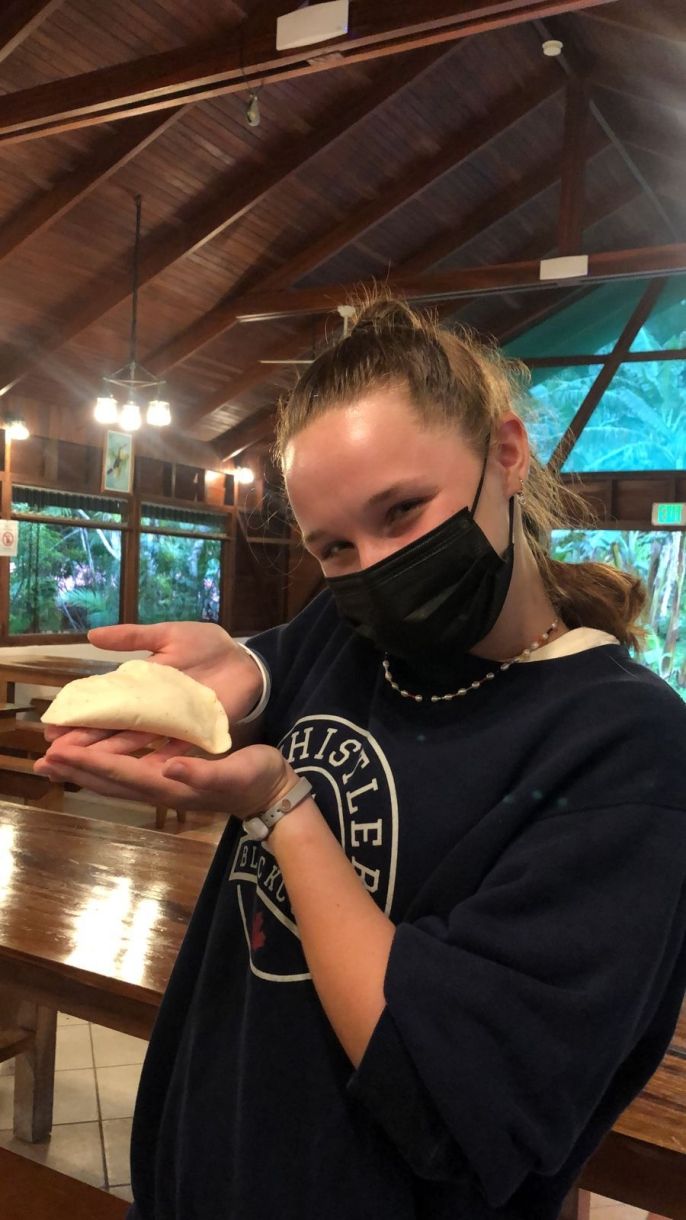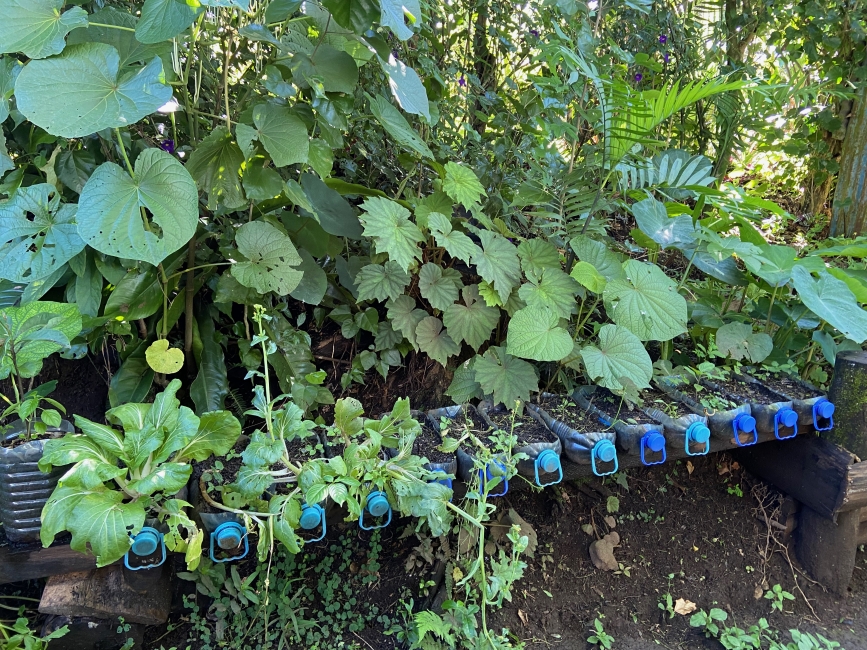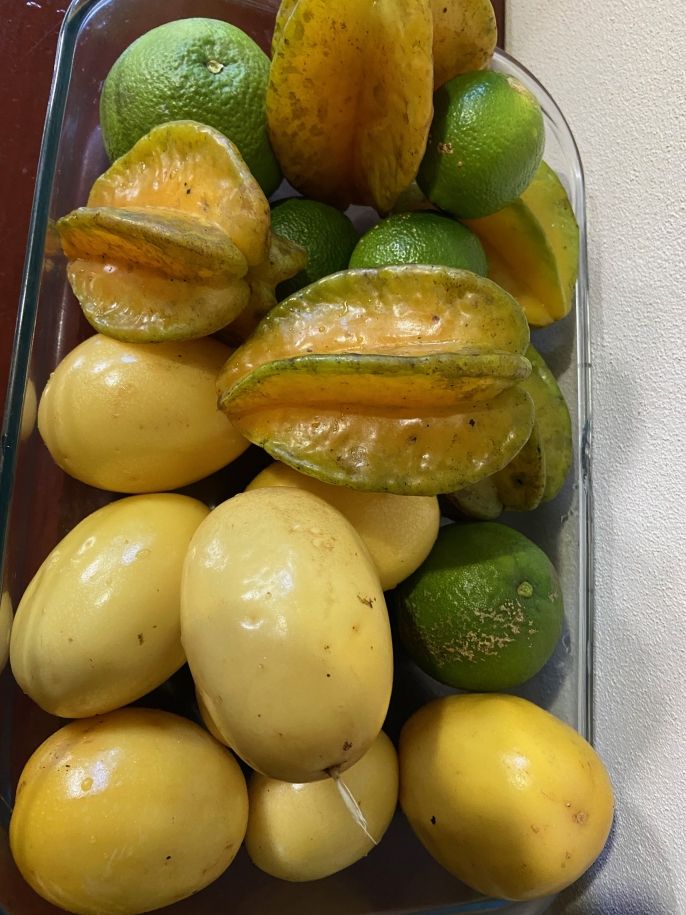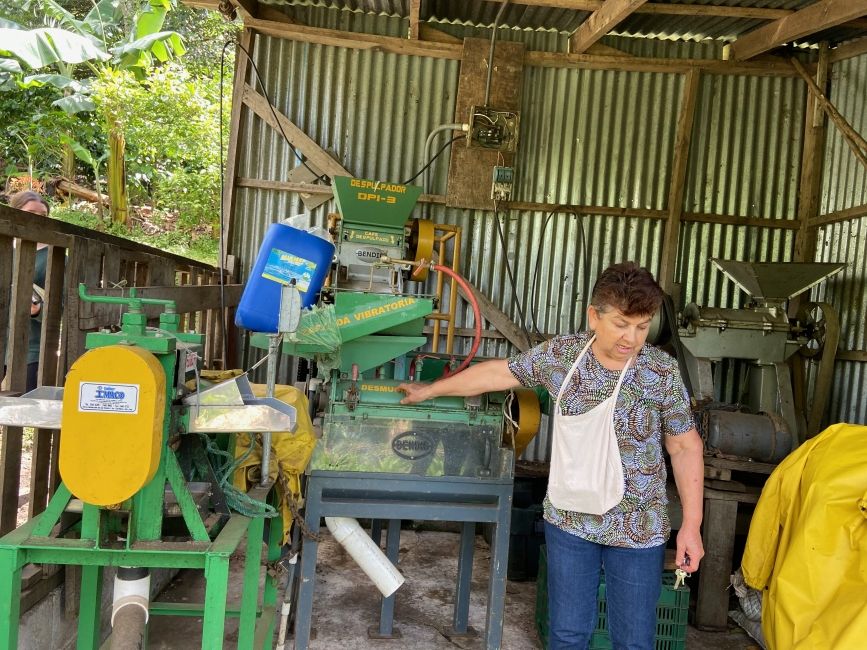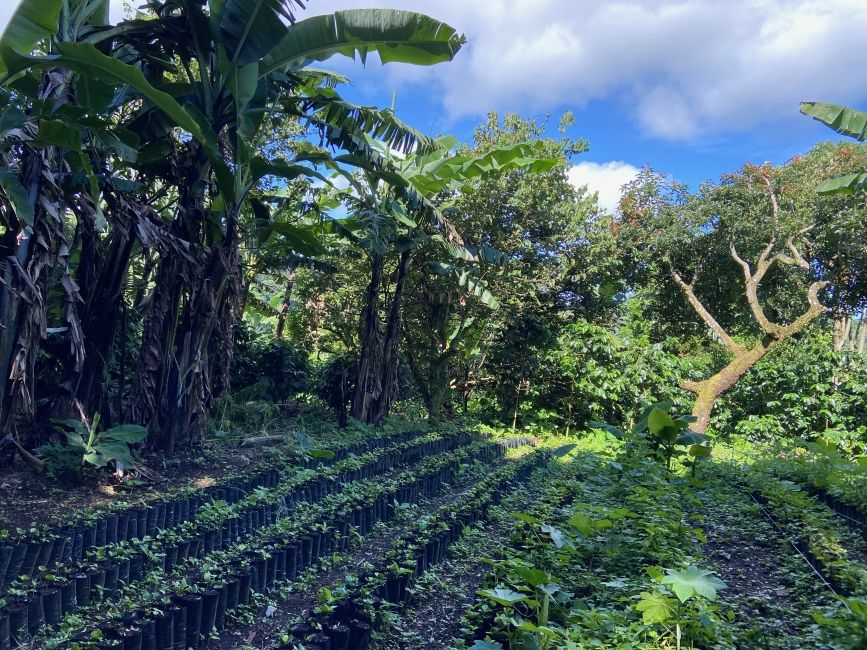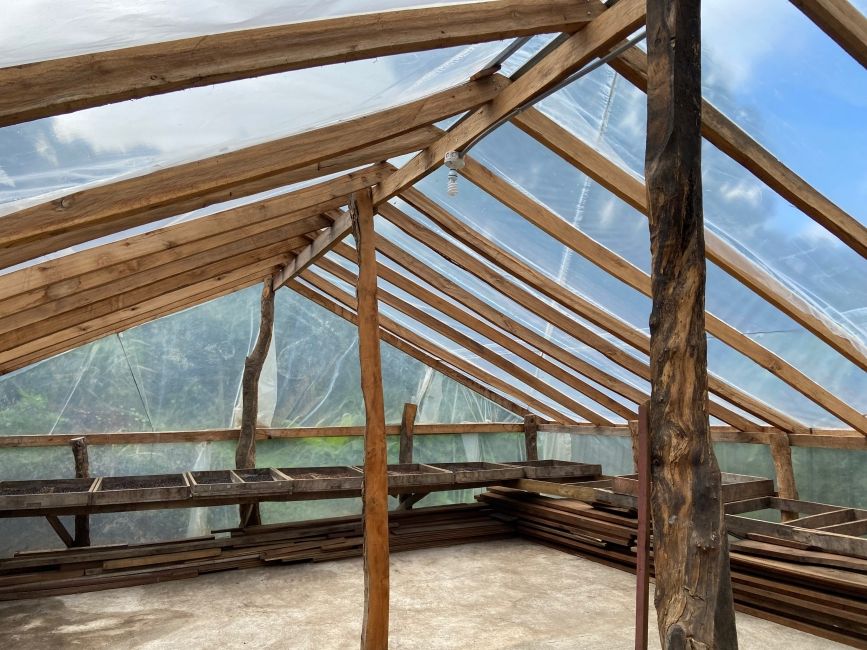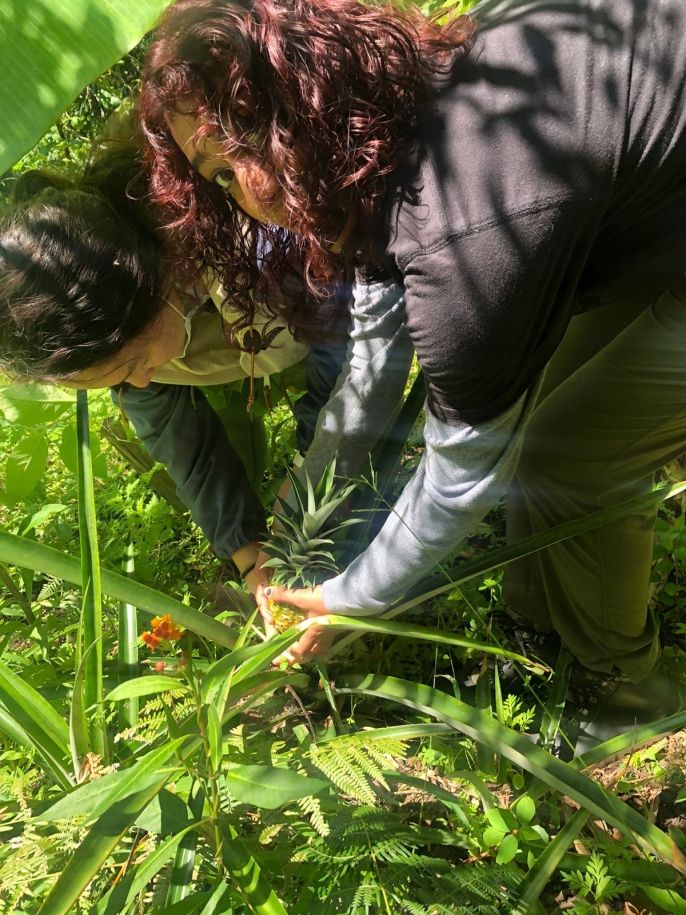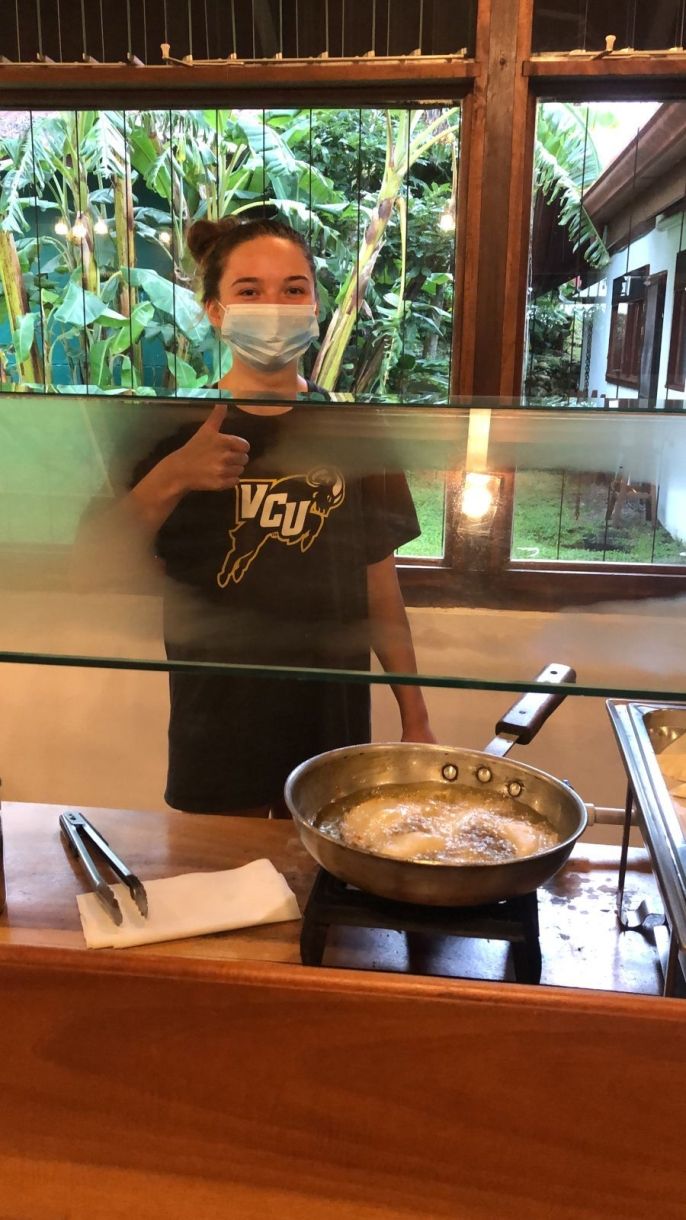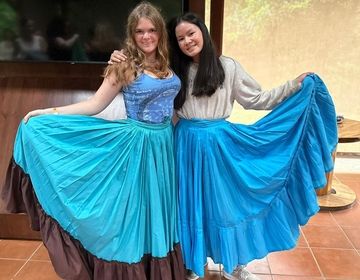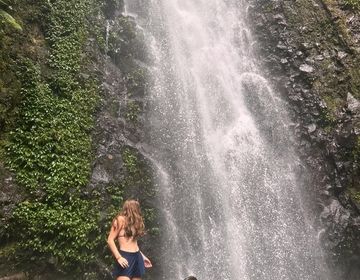La Finca Feminista: The Legacy and History of Women in Agriculture
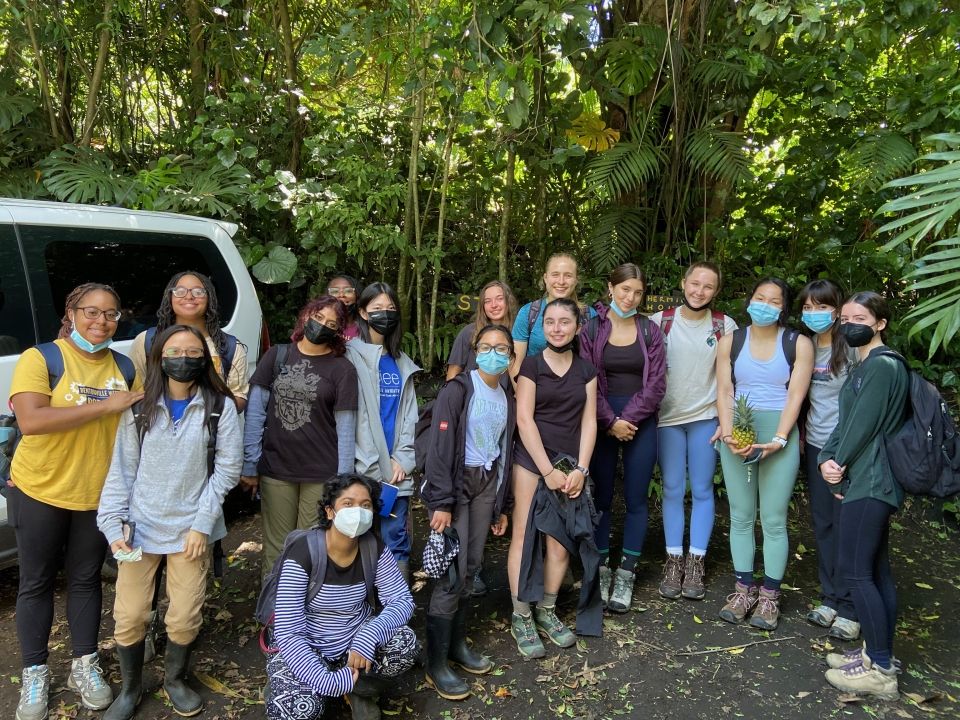
Sprawling mountains. Fragrant fruit trees. Trails covered in decomposing banana leaves. The sounds of hens, bees, birds, and a particularly friendly cat and dog engulfed the space around us. We had arrived at the legendary Doña Hermida’s farm.
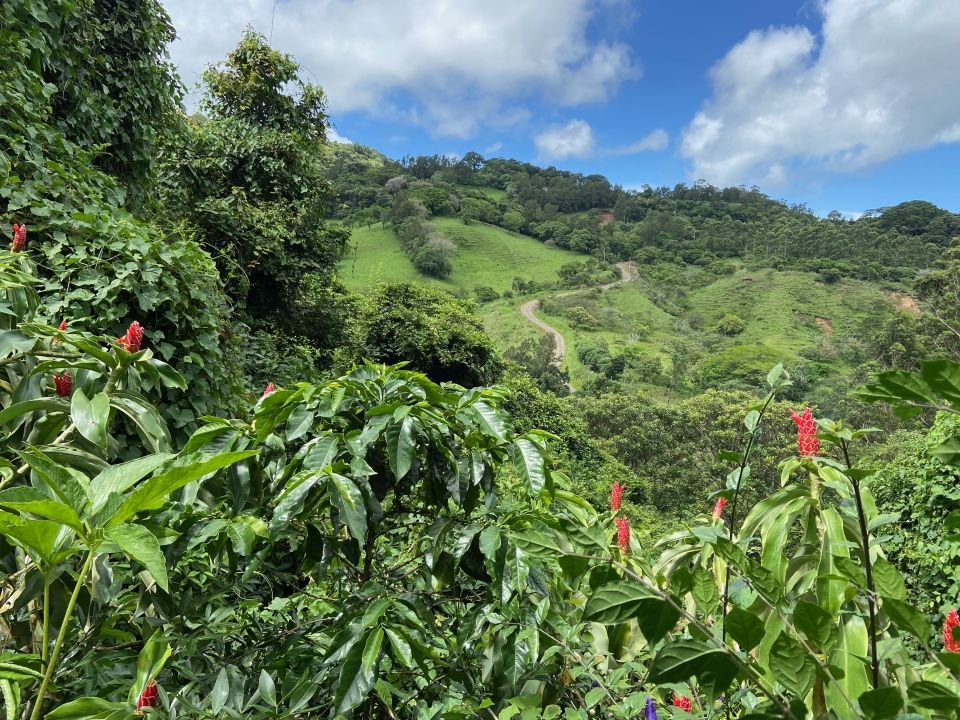
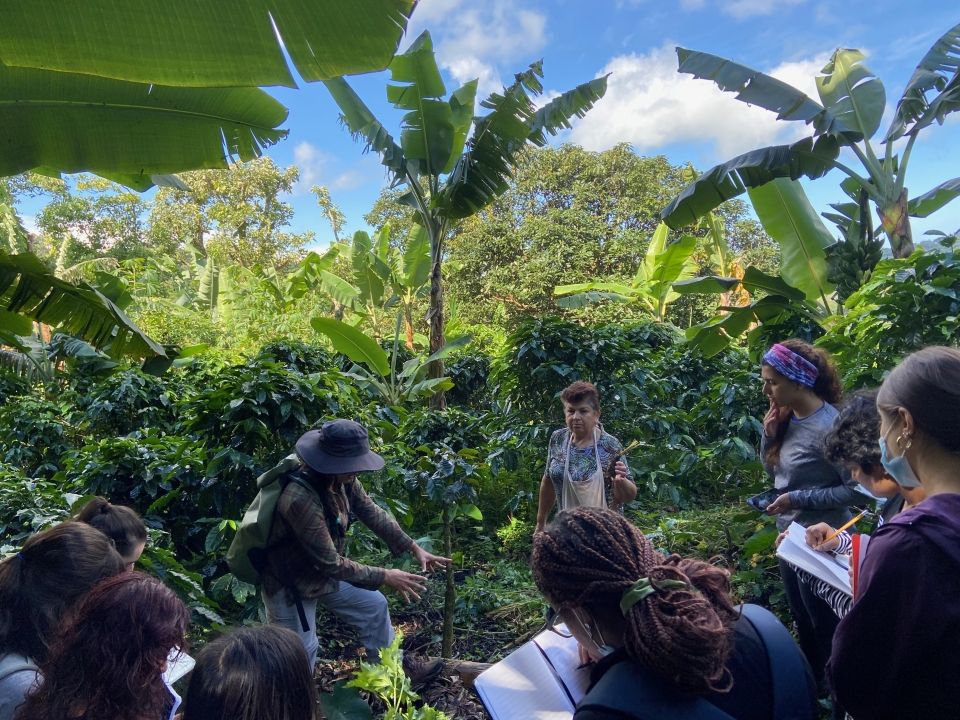
Immediately, students stood in awe of the intercropping agricultural practices flooding the area all around us. Intercropping involves growing two or more crops in close proximity to improve water and soil nutrients, support biodiversity, and increase vegetative cover while simultaneously reducing the need for pesticides. Beyond immersing in the unique agricultural ingenuity that Doña Hermida had cultivated over several decades, students grappled with the everyday sustainability challenges and triumphs that smallholder farms in Costa Rica face. This smallholder farm is like no other as it is primarily run by the fierce and knowledgable Doña Hermida along with the helping hands of other women in her family.
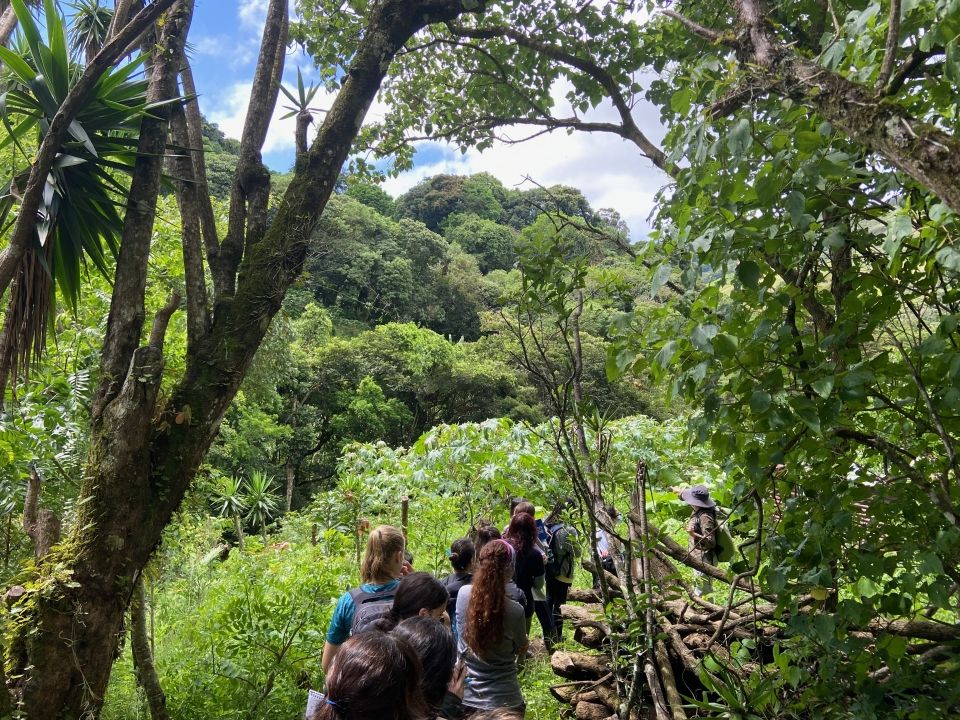
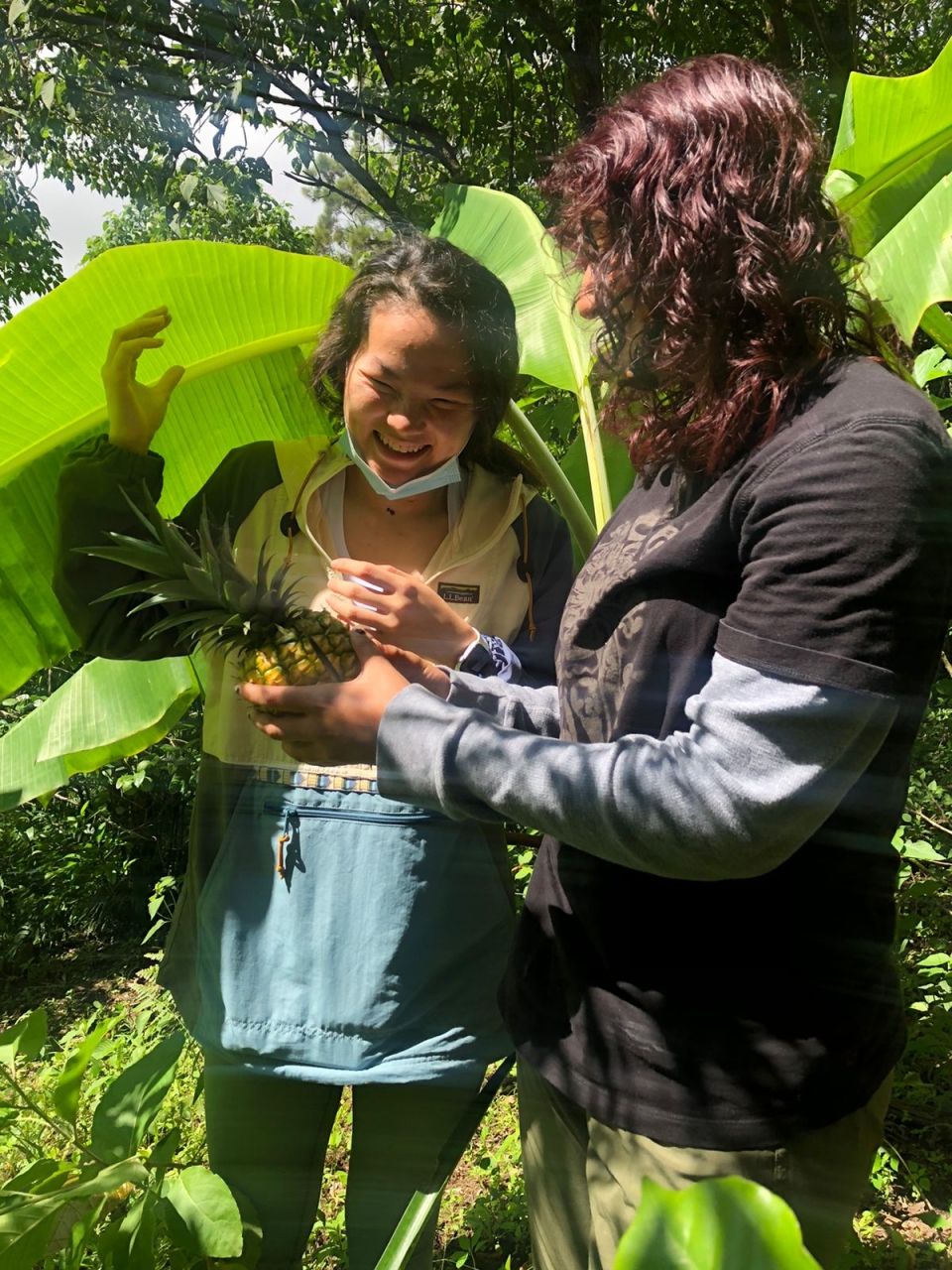
Students asked concise and higher level questions around pesticide management, record keeping, production yields, and Doña Hermida’s best farming practices.
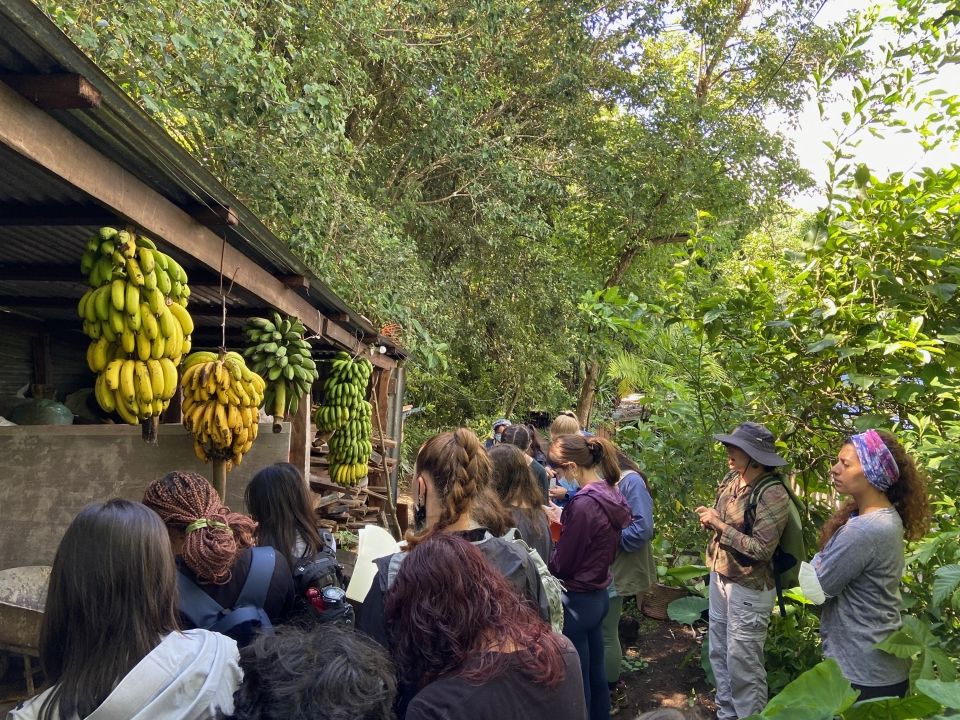
Multiple banana varieties, jackfruit, starfruit, pineapple, limes, passionfruit, soursop, peppers, squash, avocados, corn, medicinal herbs, pollinating flowers, and most prominently, coffee beans coexisted in perfect harmony. The list goes on. This is what sustainability and agricultural resilience looks like amidst the fields of Monteverde.
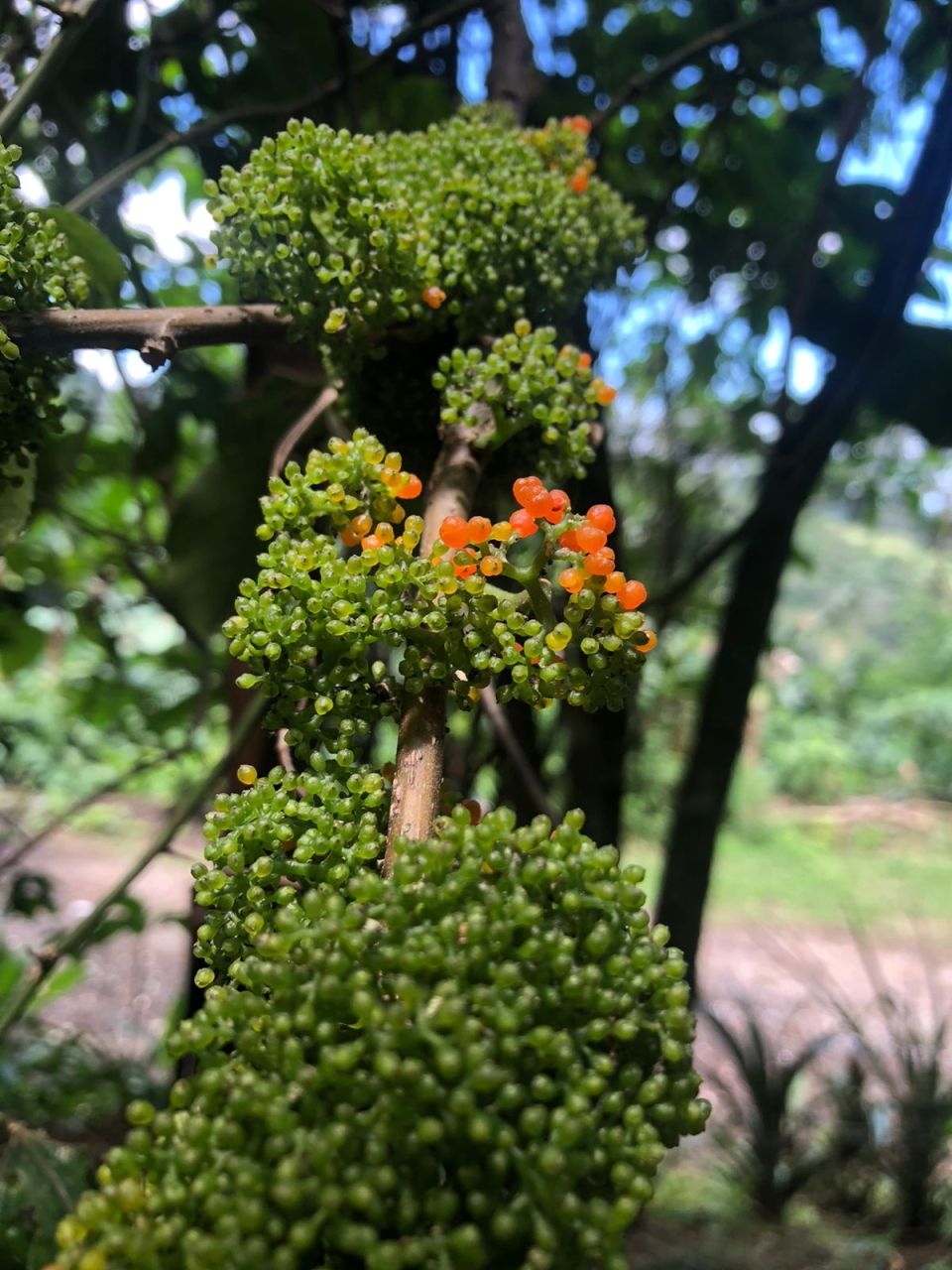
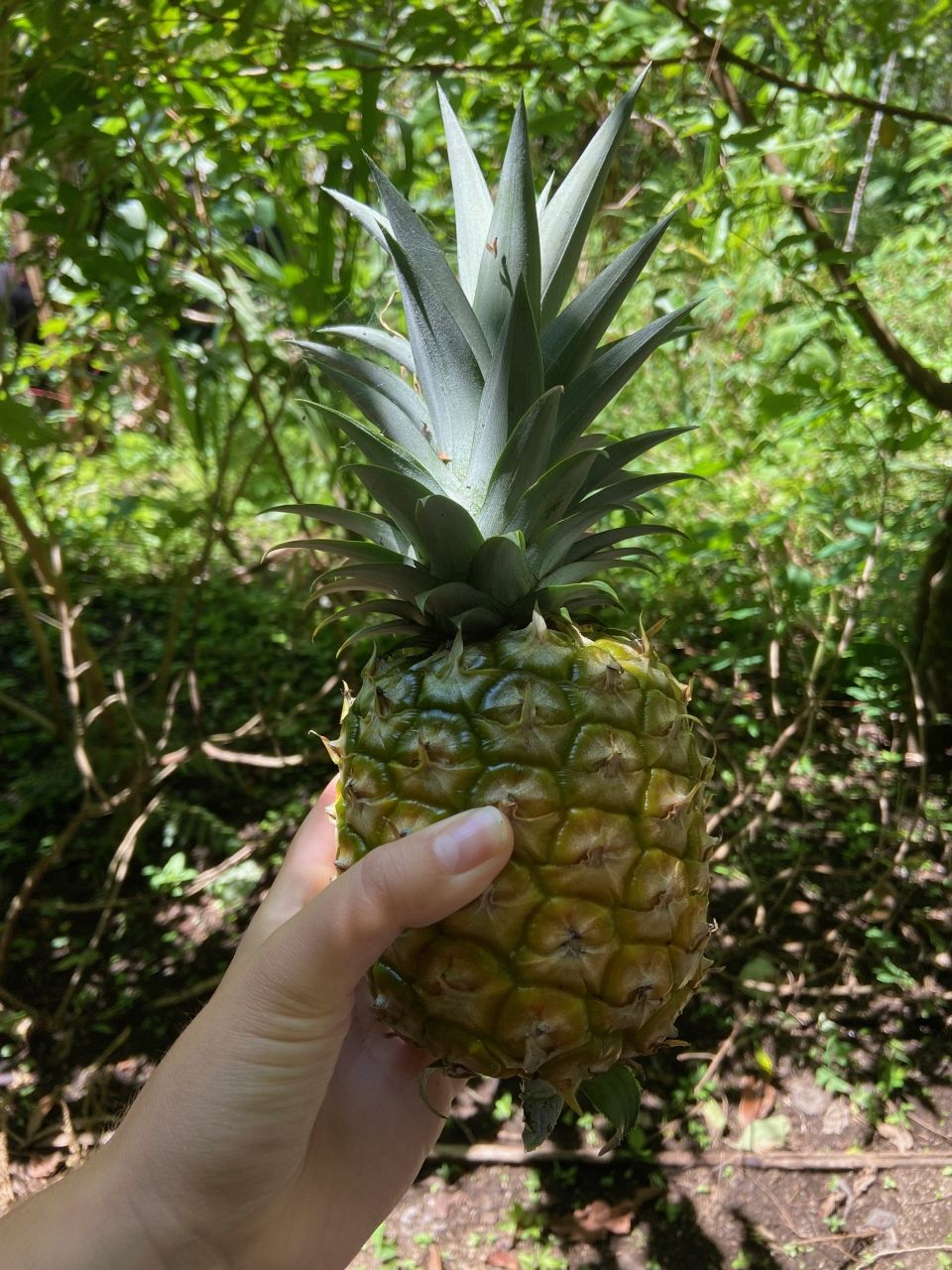
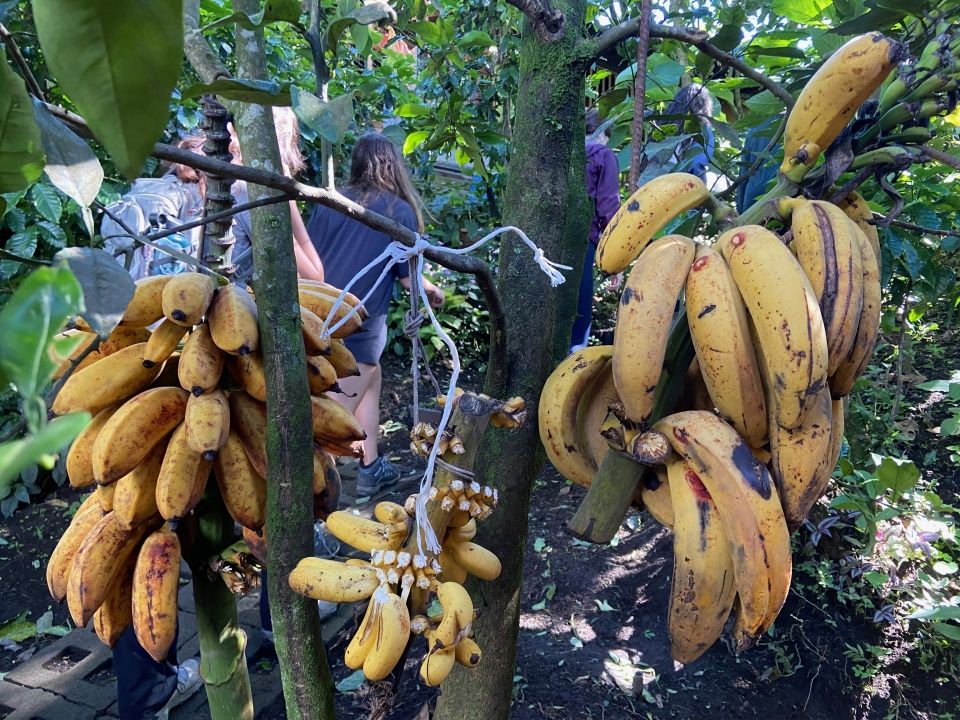
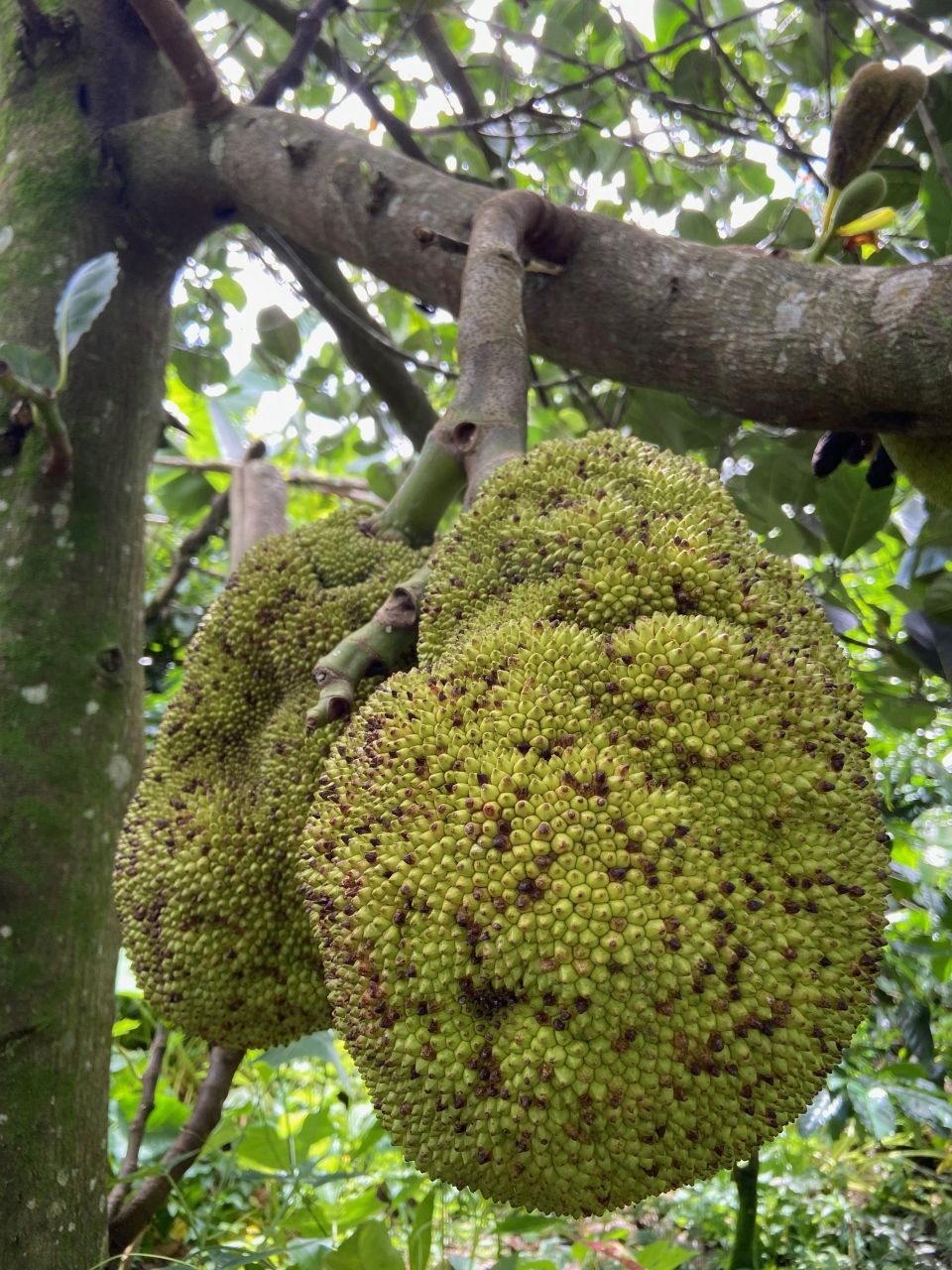
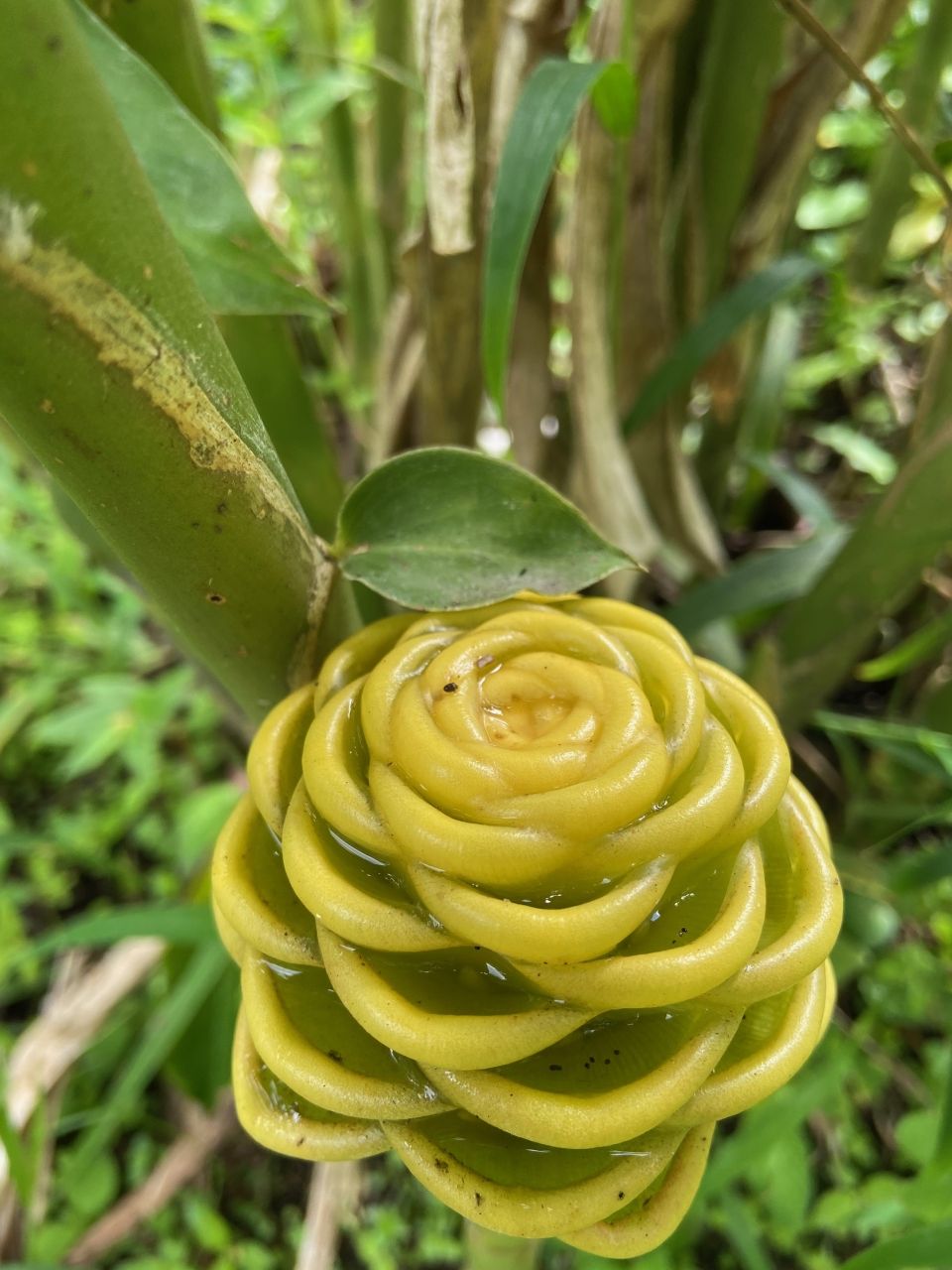
Her bright spirit oozed with liberation and confidence. While Doña Hermida stands as a pivotal example of female leadership in agricultural engineering and smallholder farm production, students were able to also learn firsthand the barriers women face in agriculture.
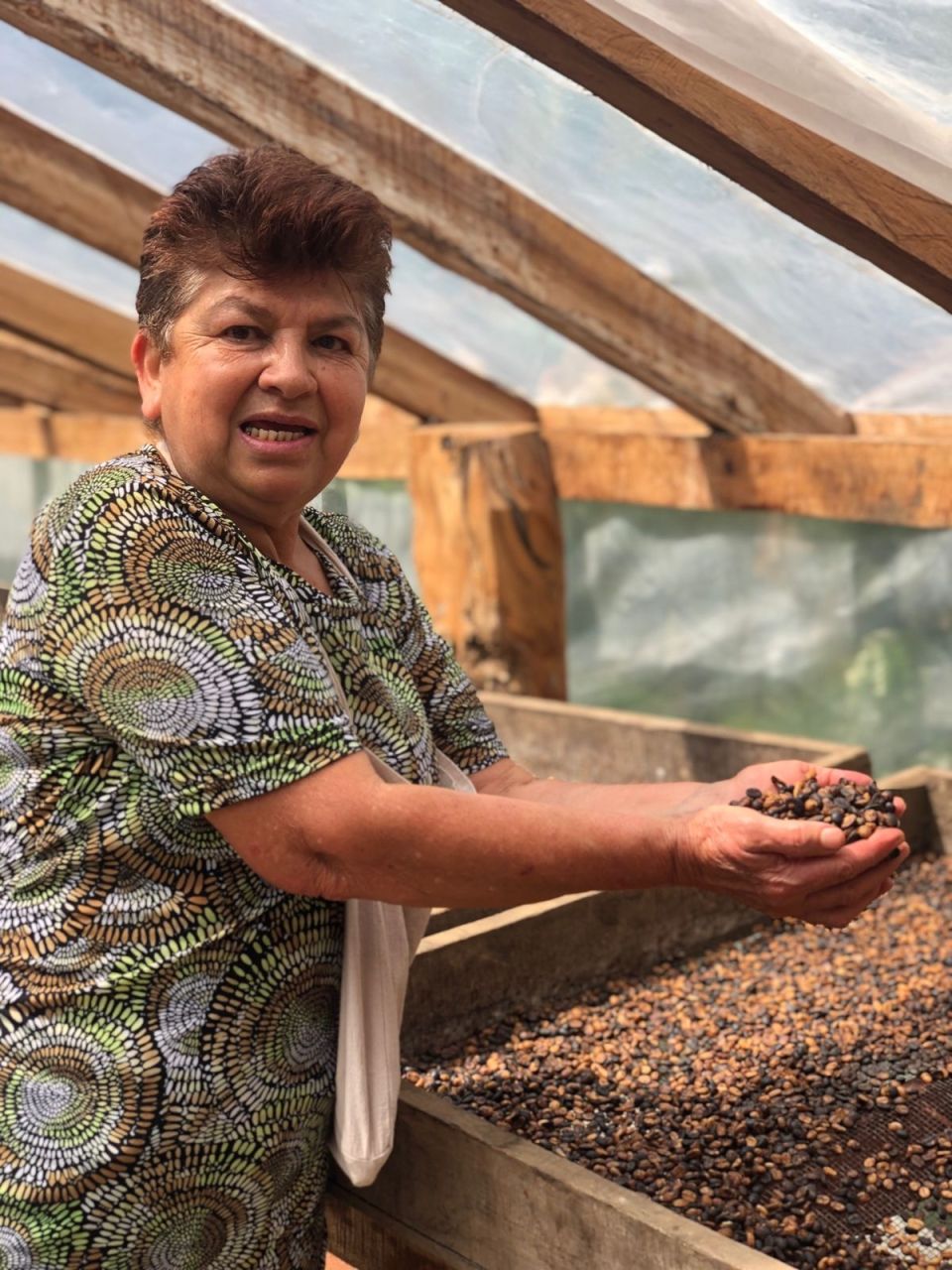
After our tour around the farm, we enjoyed delicious treats prepared by Doña Hermida.
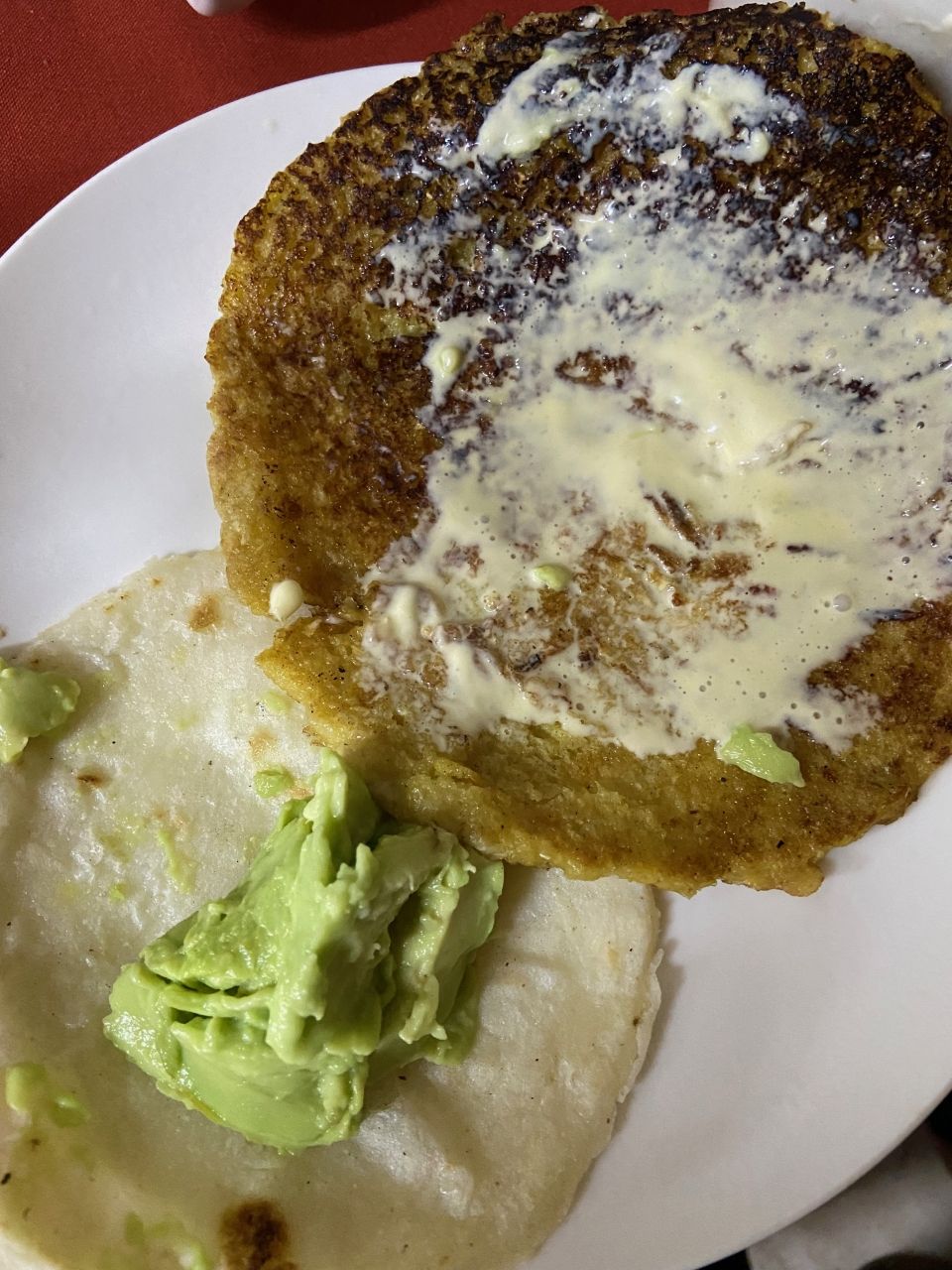
Following our day visiting the farm, students learned how to make cheese empanadas from our kind CIEE chefs, Anna and Edith. Starting from mixing the ingredients with our hands, each student prepared empanadas stuffing them with cheese and sealing them with attention and love.
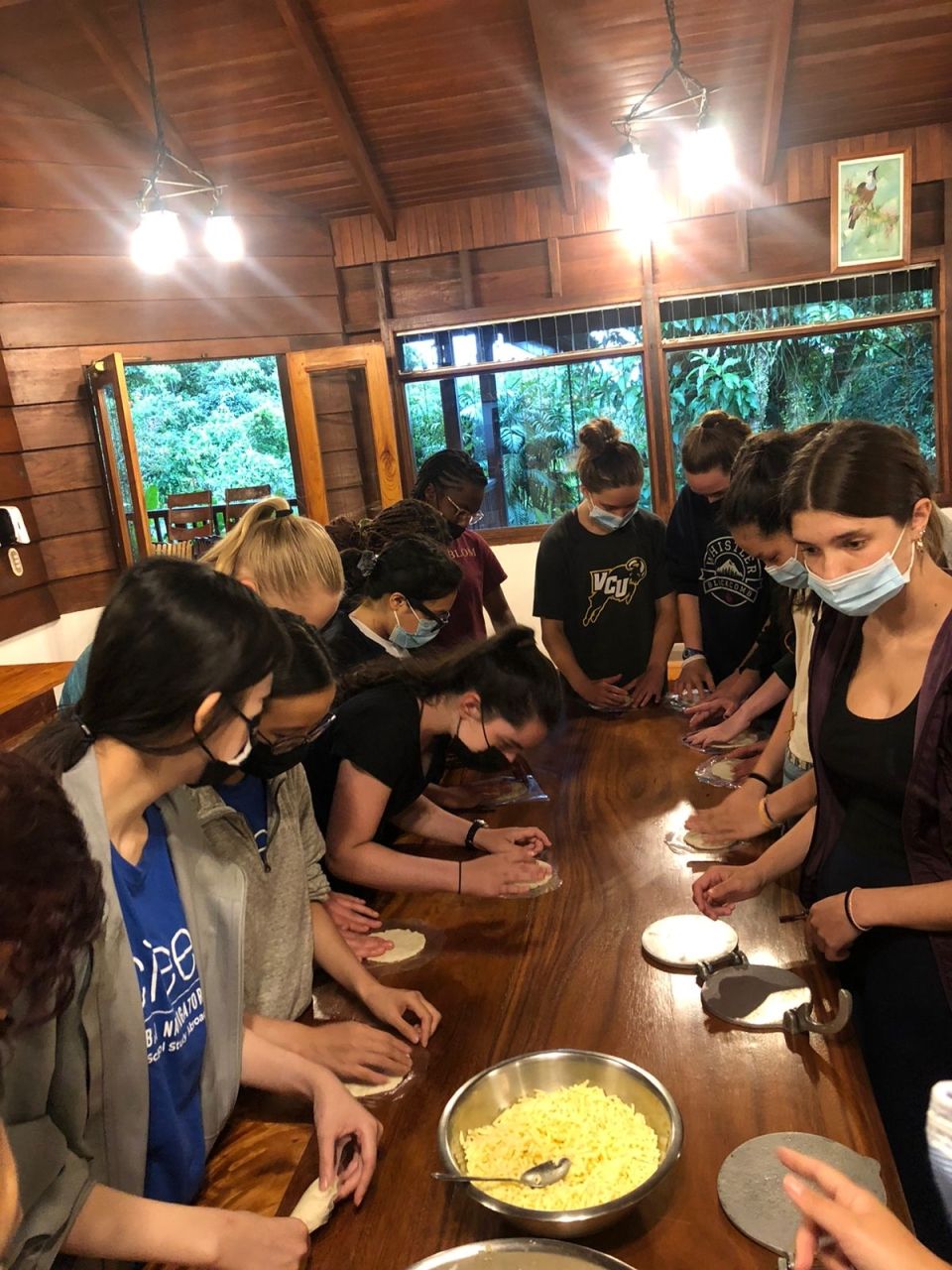
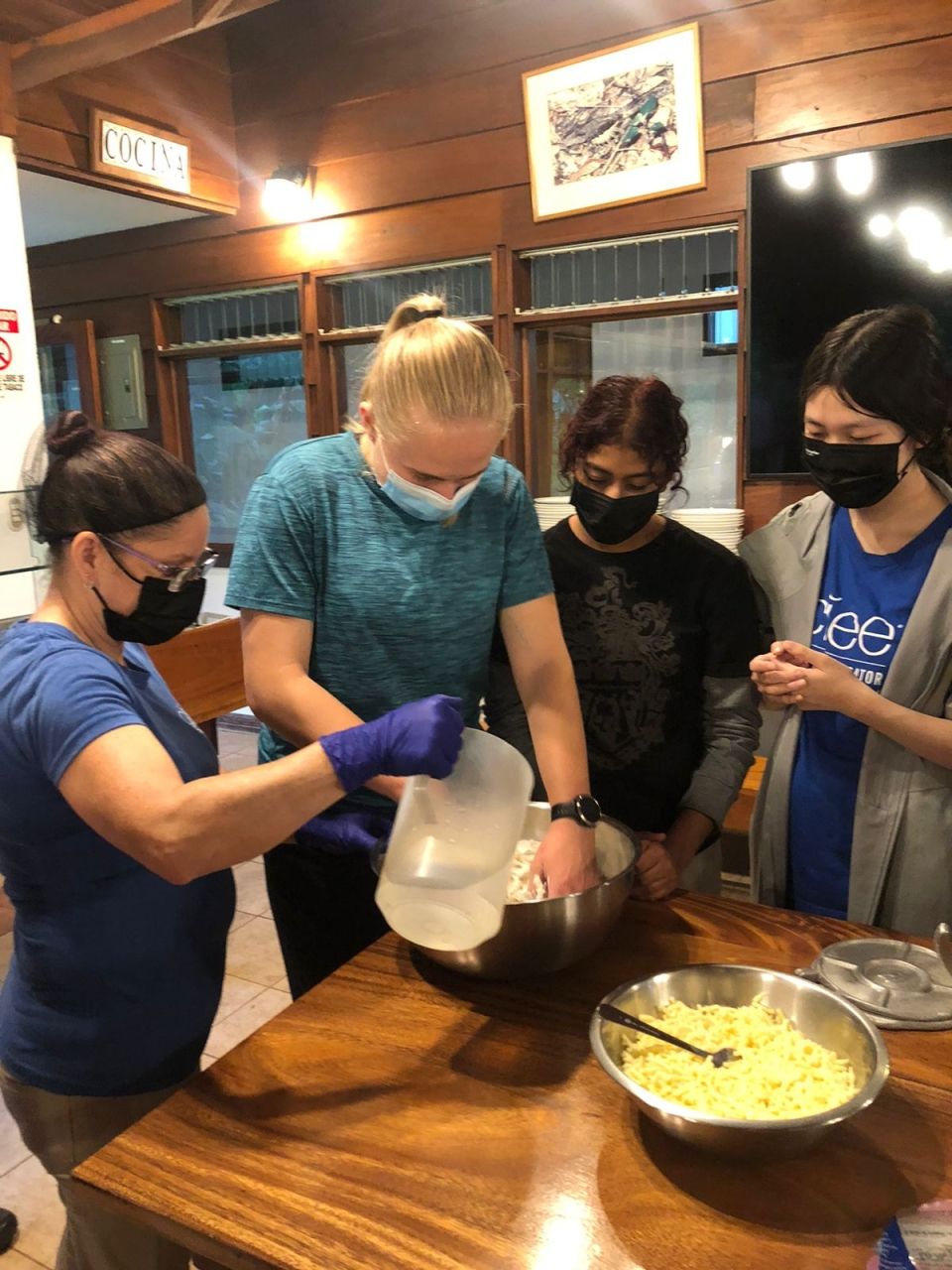
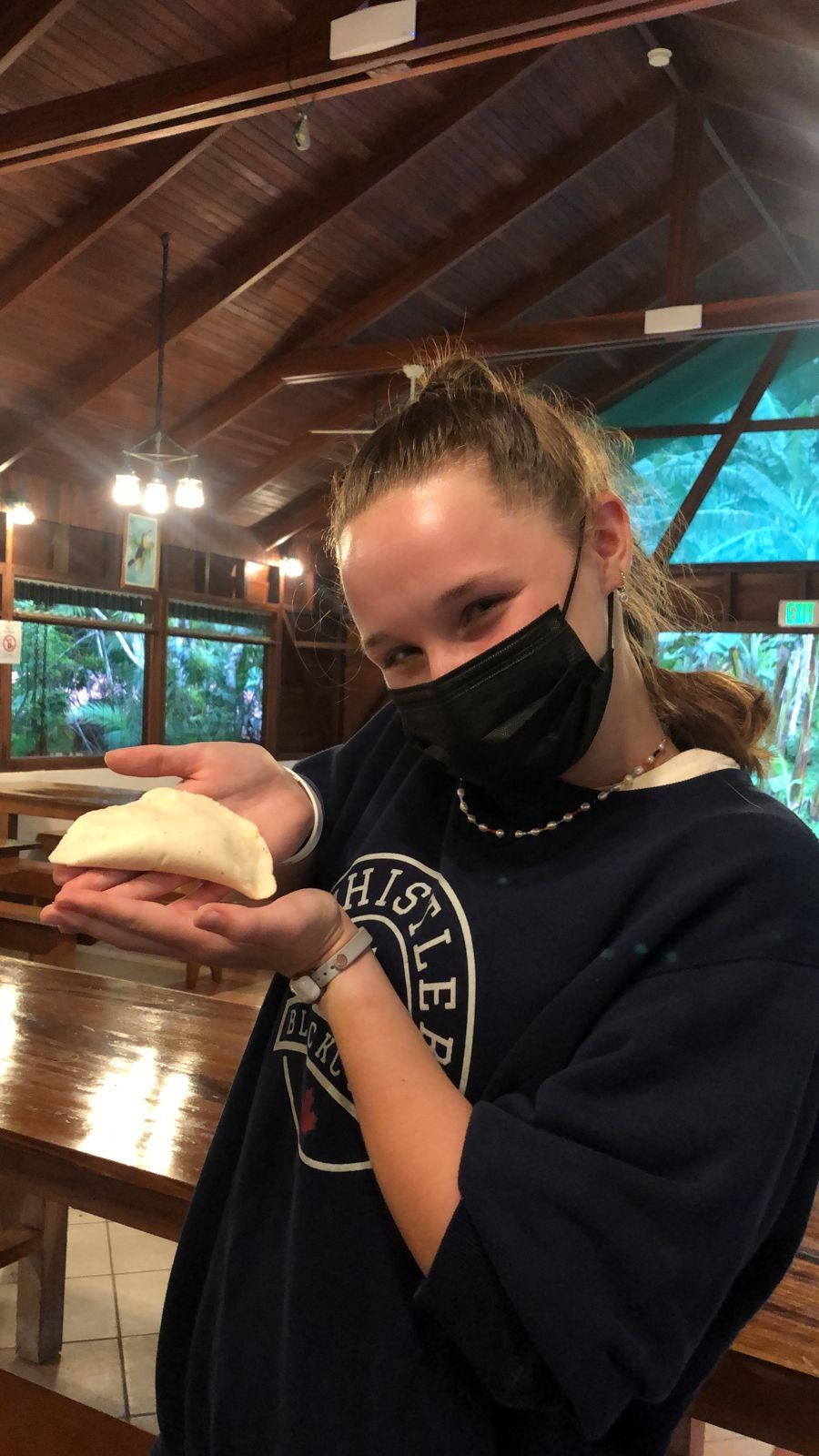
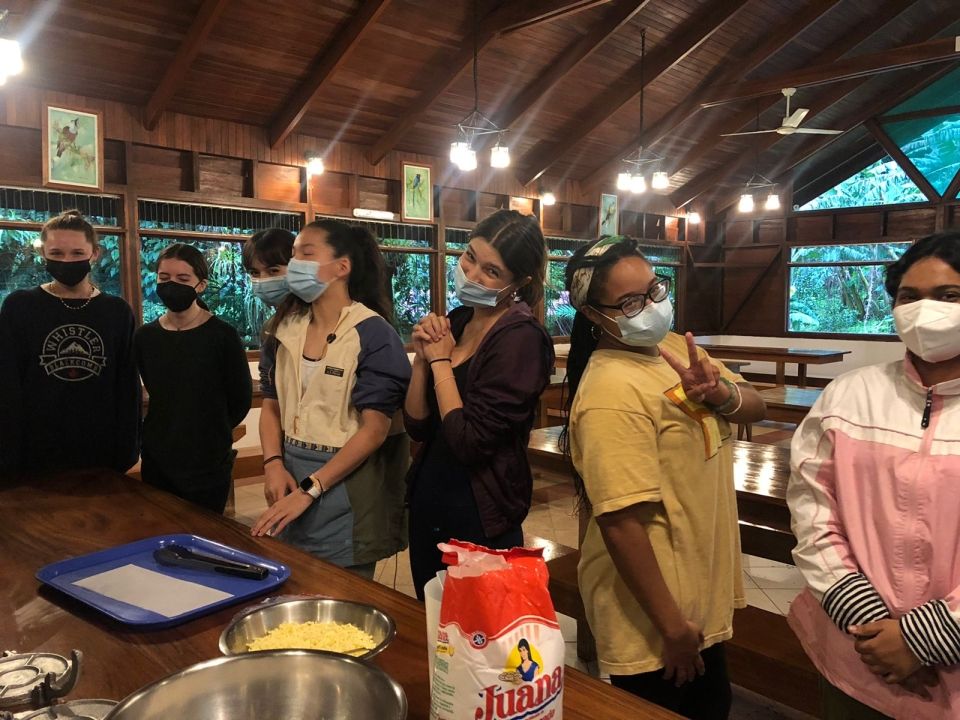
Related Posts
Global Friendships
The last week on the Monteverde campus has flown by at a rapid pace. However, it seems like ages have passes since the student arrived in the cloud forest. This... keep reading
Folklorico Dance, a core memory made
Student of session 2 shares her experience of her final days in Costa Rica.
Soaring Through the Clouds (Featuring Three Guest Student Writers)
To best sum up our adventurous weekend, we have three guest writers today. Check out what they thought below! Ella Buerkele gives us a beautiful overview of Saturday: On Saturday... keep reading
